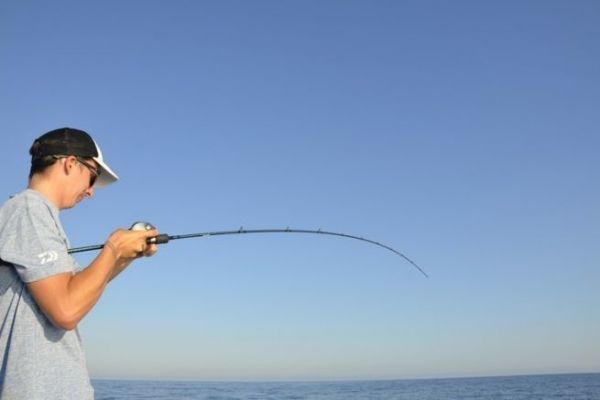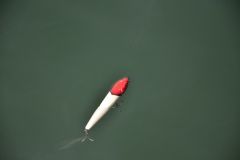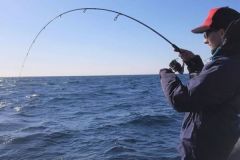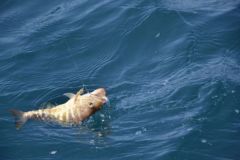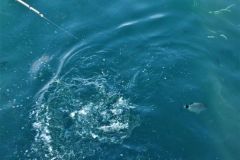The right rod for deep jigging
Deep jigging, i.e. jigging at depths of 100 to 300 metres, can be practised with both spinning rods for speed jigging and casting rods for slow jigging. The rod is a very important part of the jigging process, since it's the one that allows you to animate your jig properly, despite the distance separating you from it. For speed jigging, your rod should be short, easy to handle and have a fast action for fast, jerky action.
The average rod length is around 1m60 to 1m90, with a power of 30 to 80 lb depending on the species sought. On the contrary, a slow jigging casting rod should be rather long and parabolic to make big pulls and take advantage of the gliding side of the jig. This rod should be able to handle jig weights of up to 400 grams and measure between 1.80 and 2 metres.
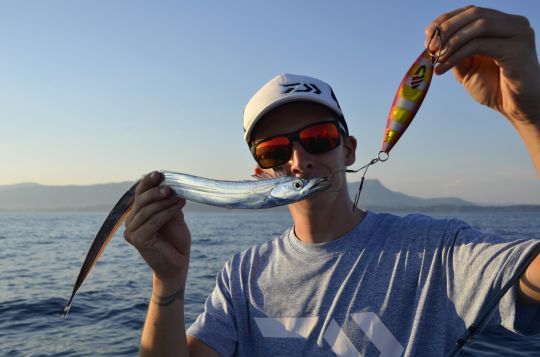
A high-capacity reel
It may seem obvious, but the first thing you want from a deep jigging reel is enough braid capacity for deep fishing. Too little and you'll quickly find yourself limited in your maximum fishing depth, especially when current and drift are important. Ideally, your spinning reel should be able to hold 300 to 400 metres of braid in 30 to 50 lb and have a low enough ratio to avoid having to force it when animating.
When it comes to casting, we're looking for big ratios, capable of animating the slow jig in a single turn of the crank. Capacity is also very important, as the slow jig's tendency to glide can increase the banner effect on the way down. In both cases, your reel will need a powerful drag to cope with the big predators of deep water.
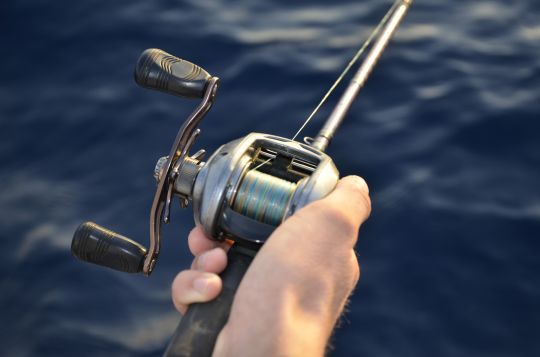
The ideal braid
Fishing at depths of up to 300 metres is no mean feat, even with heavy-weight jigs. Drift, current and wind are all factors that create a large banner in our line. This effect becomes more pronounced as depth increases, which is why the braid must be perfectly adapted. Ideally, you should choose a 12-strand braid, which is very thin in relation to its strength, thus greatly reducing the banner effect. The water resistance of a classic 8-strand braid can also be reduced thanks to a silicone coating, which reduces friction and does not absorb water.
Generally speaking, the best way to avoid having too much banner is to fish with a very fine braid, which can obviously be risky when fighting big fish, but the number of hits increases drastically and is well worth it.

 /
/ 